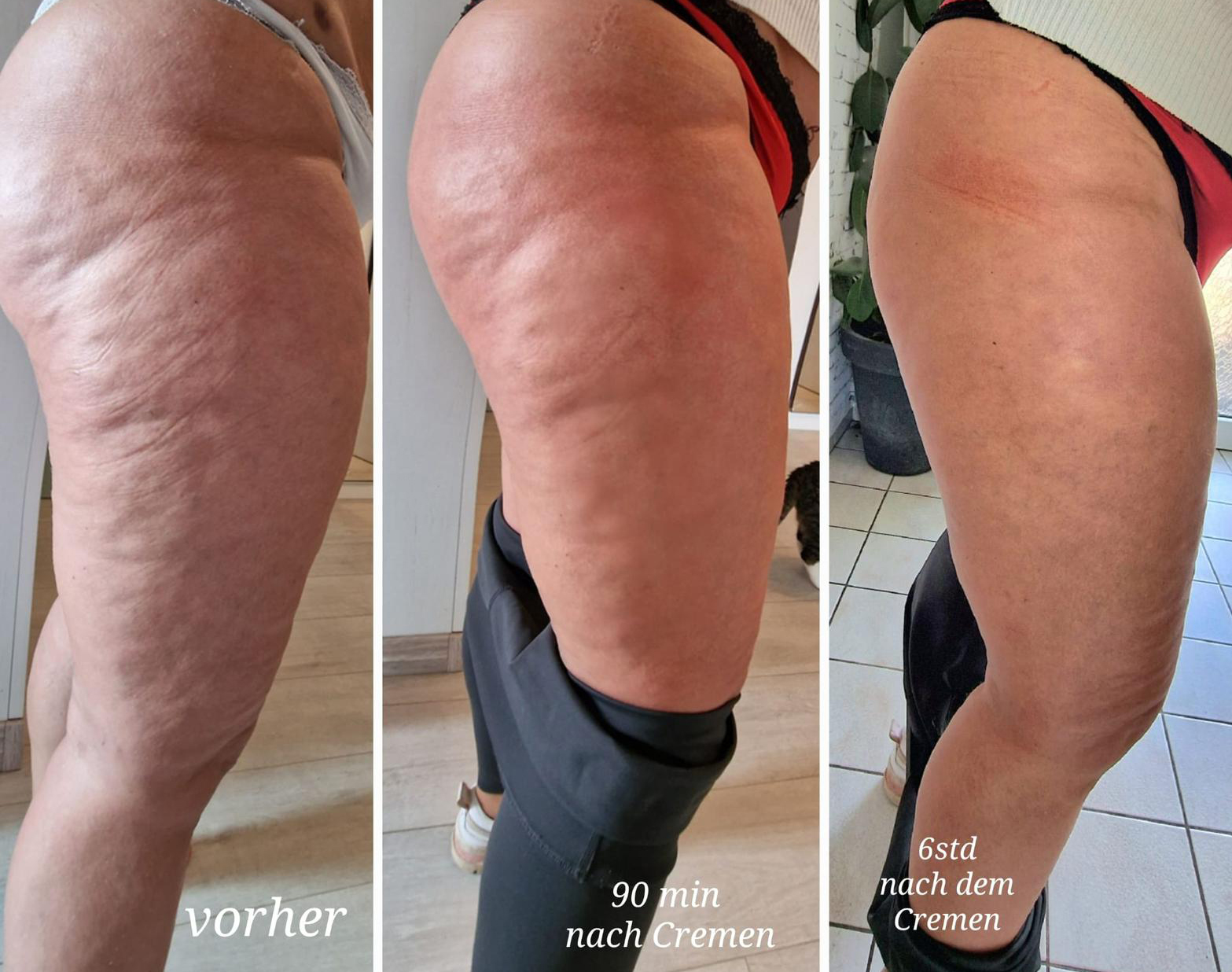
Germany cannot exactly be called a pioneer in the digitalisation of the health care system. This is the conclusion of a study by the Scientific Institute (WIP) of the private health insurers (PKV). The evaluation shows that many digital applications have been introduced in Germany on paper, but in practice there are still problems.
It is no longer a secret that digitalisation is also progressing in the health sector and should be continuously developed. The possibilities are already diverse. From apps for recording health and fitness data to video consultations and digital information platforms on all health topics, interested parties can use many exciting solutions.
The problem: Germany cannot exactly be called a pioneer in the digitisation of the health care system. This is the conclusion of a study by the Scientific Institute (WIP) of the private health insurers (PKV), reported in "Handelsblatt Inside Digital Health". It compares the German digital health system with that of six other countries - with unpleasant results. The evaluation shows that many digital applications have been introduced in Germany on paper, but in practice there are still problems. In addition to Germany, the study authors analysed the neighbouring countries Austria, Switzerland, Denmark and Poland. Estonia was included as a country with an exemplary e-health structure, and Australia is represented as a non-European country.
Digitisation has not arrived in practice
At first, the digitisation of the health care system does not look so bad. The electronic patient file (ePA) has been introduced in Germany, as has the electronic certificate of incapacity for work (eAU). The e-prescription is to become obligatory from January. The ePA is a voluntary offer that all people with statutory health insurance in Germany can take advantage of. It is intended to store health data digitally and thus ensure better networking in the health system. The health insurance companies provide apps free of charge that patients can fill in themselves. Every insured person can then give a doctor access to his or her data. The e-prescription enables further new digital applications. From medication reminders to a medication plan with a built-in interaction check. This makes it easy to check whether all medicines are compatible with each other, reports the Federal Ministry of Health.
On the other hand, however, "Handelsblatt Inside Digital Health" writes: "In practice, however, there is hardly a doctor who can fill out an ePA, as a sample survey by Handelsblatt Inside at the end of September showed. In addition, the Germany-wide introduction of the e-prescription was surprisingly cancelled on 1 October, and shortly before the legally required start of the eAU - also on 1 October - doctors' associations complained that only a few insurance companies could receive the digital proof."
Only Germany and Australia use traditional health insurance cards
The medium also quotes Frank Wild, head of WIP and responsible author of the study: "Germany is clearly lagging behind Estonia and Denmark." Wild observes a correlation between individual e-health functions and a country's level of digitalisation. "During the research, we noticed that in Estonia and Denmark the entire public space is digitised. Furthermore, "Handelsblatt Inside Digital Health" states: Health is only a sub-sector, the population is won over by services for new e-health applications. "In Germany, one has the impression that one or the other wonders whether we really need all this," says Wild.
Added to that: Only Germany and Australia still use the traditional health insurance card. "In Estonia, insured people use their electronic identity card to access the public administration and thus also the health system. The situation is similar in Denmark, where citizens use an individual electronic personal identification. In Austria, authentication is possible via a mobile phone signature, and in Switzerland, insured persons can identify themselves with their identification number," reads "Handelsblatt Inside Digital Health".
Incidentally, the acceptance of digital solutions is already quite high. According to studies, about two thirds of the insured already use at least one digital offer of a health insurance. According to the study, almost one in five (18 percent) has already used a digital insurance portal. Likewise, 18 percent of respondents use a fitness tracker such as the Apple Watch or the Fitbit, which belongs to Google and is subsidised by some health insurance companies. At least 15 percent have already submitted a bill digitally to their health insurance company.
Expanding the possibilities for video consultations
For Natura Vitalis, a big point in the digital development is also the area of telemedicine. The new government should, as initiated under the former health minister Jens Spahn, expand the possibilities for video consultations, because the digital meeting between doctor and patient has proven itself during the Corona crisis. For example, patients are to receive sick notes in electronic form (eAU), even if they have only had digital contact with a doctor. Originally, doctors could not issue sick notes at all after telemedicine treatments.
The benefits of video consultations are high. For more than four years, Natura Vitalis has been offering online consultations with experts from very different segments of the health industry. Viewers can watch this in a live stream and ask the expert their questions by email or phone. We notice with every new live event how great the interest and feedback are. People get the information that is relevant to them in a short way and from any location. Especially in times of contact restrictions, this makes sense. Users also make themselves independent of fixed practice opening hours and appointments.
This text may contain translation errors as the
translation was done by an online translation tool










